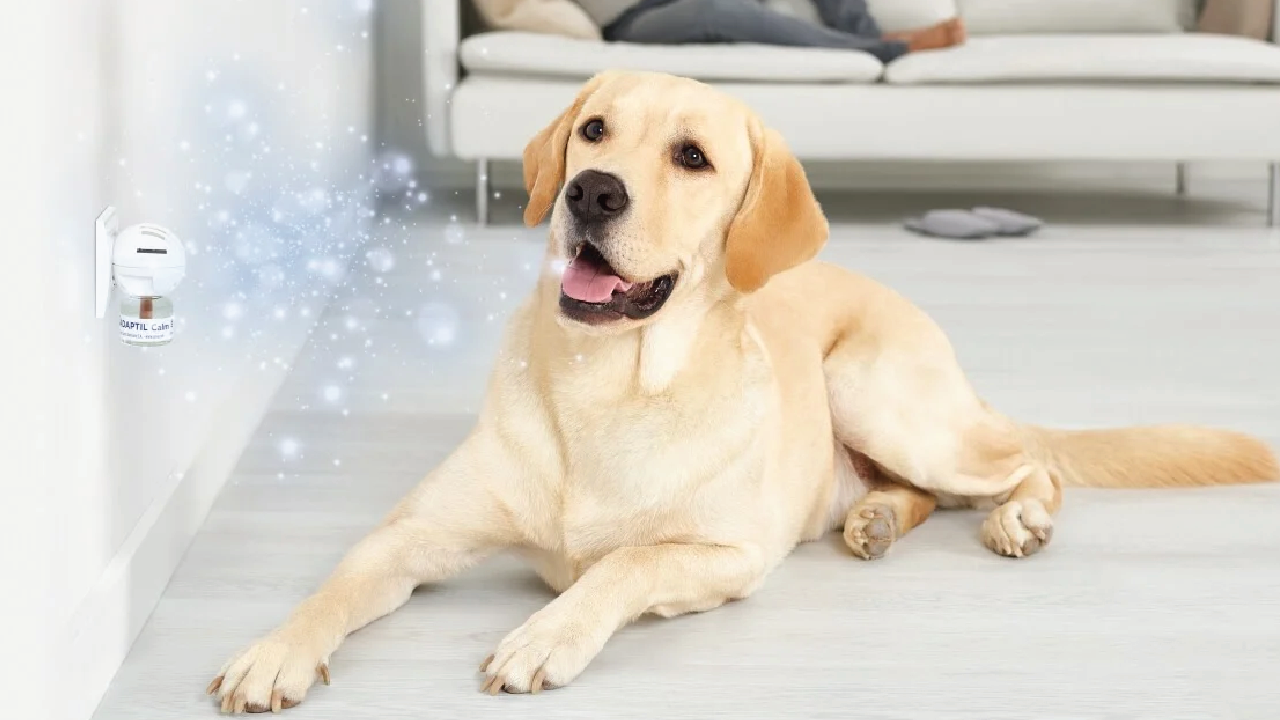How to Identify and Alleviate Dog Anxiety Symptoms
Understanding the triggers and signs of anxiety in your dog is essential for their well-being. Here’s how you can recognise anxiety symptoms and help your dog manage stress.
Recognising Dog Anxiety
Dogs express their emotions in various ways, but anxiety can be harder to detect. While happiness, hunger, and fatigue are easier to notice, anxiety symptoms are often subtle and can be mistaken for misbehaviour. Understanding what causes your dog's anxiety will help you better identify and treat it.
Common Triggers of Anxiety in Dogs
Anxiety in dogs can be triggered by specific sounds, situations, or environments. Some common triggers include:
- Separation from their owner (separation anxiety)
- Car rides
- Moving to a new home
- New baby or pet in the home
- Construction or renovation work
- Vet visits and returning from hospitalisation
- Loud events (fireworks, thunderstorms, parties)
- Changes in routine (new job, visitors, pet sitters)
In some cases, anxiety may be due to less obvious factors such as temperament, genetics, or past negative experiences.
Identifying Anxiety Symptoms in Your Dog
Correctly interpreting your dog's body language is key to recognising anxiety. Early signs include:
- Lip licking
- Yawning
- Ears pinned back
- Mouth corners pulled back, showing teeth (resembling a "smile")
- Hyper-vigilance (constant scanning of the environment)
- Tucked tail
- Raised hair on their back
- Cowering
- Whites of the eyes showing
- Panting without a clear reason
Main symptoms of anxiety include:
- Trembling
- Whining
- Hiding behind furniture or your legs
- Turning or looking away
- Sneezing
- Panting and drooling
- Sudden urination or defecation
- Destructive behaviour
- Defensive aggression (growling, biting, barking)
- Restlessness and pacing (sometimes mistaken for excitement)
Helping Your Anxious Dog
Early Socialisation
The critical socialisation period for dogs is between 4-16 weeks old. During this time, exposing your puppy to different people, animals, and environments is crucial for their development into a confident, friendly adult. Puppies not socialised during this period are more likely to develop fearful and aggressive behaviours.
Avoid and Desensitise Stressful Situations
Identify and avoid triggers that cause your dog's anxiety. Reassure them and never punish their fearful reactions. For anticipated stressful events, gradually desensitise your dog in a calm, controlled environment. Seek advice from veterinary behaviourists and certified trainers who use positive reinforcement methods.
Create a Stable Home Environment
A consistent and predictable home environment helps reduce anxiety. Ensure your dog feels safe and secure by:
- Providing constant access to water
- Feeding them regularly
- Offering a safe, relaxing space (like a crate or wardrobe "den" with a comfortable bed and toys)
- Ensuring easy access to their toilet area
- Giving them multiple places to relax
- Taking them on regular walks
- Showering them with love and attention
Mental Stimulation
Mental exercise is as important as physical activity. Engage your dog with enrichment activities to prevent boredom and reduce mild stress. Try:
- Scattering kibble around the yard for scavenging
- Using snuffle mats and puzzle feeders
- Hiding toys, food, and treats around the house and yard
- Providing a sandpit or wading pool in the backyard
- Walking in new locations
- Offering dental sticks and other long-lasting treats
Use Calming Aids
Synthetic pheromones like Adaptil can help reassure your dog. Adaptil mimics a natural calming pheromone released by nursing mothers. Available as a diffuser, collar, or spray, it can help your dog feel safe and less stressed. Calming supplements and treats are also available to help reduce anxiety. Shop our vet-grade range of anxiety and stress relief supplements.
Veterinary Consultation
If you suspect your dog is anxious, consult your vet. Sudden anxiety symptoms may be linked to medical issues or pain. A vet can diagnose health problems and create a tailored treatment plan for your dog's anxiety.
To help your dog manage anxiety, explore our range of stress and anxiety treatments online and in-store. These products can help your dog return to their happy, tail-wagging self.
Recent Articles
-
Dog Shedding Guide: Causes, Breeds, and Tips to Reduce Shedding
17th Sep 2025If you’re constantly sweeping up fur or finding hair clinging to your clothes, you’re not alone. Dog
-
Who Let the Dogs Out? 5 Ways to Boost Outdoor Enrichment This Spring
17th Sep 2025The days are warmer, the flowers are blooming, and spring is finally here. For your dog, that means
-
Dog Bathing and Grooming Frequency
16th Jan 2025Keeping your dog clean and well-groomed is an essential part of their overall health and well-being.
- Read more articles




